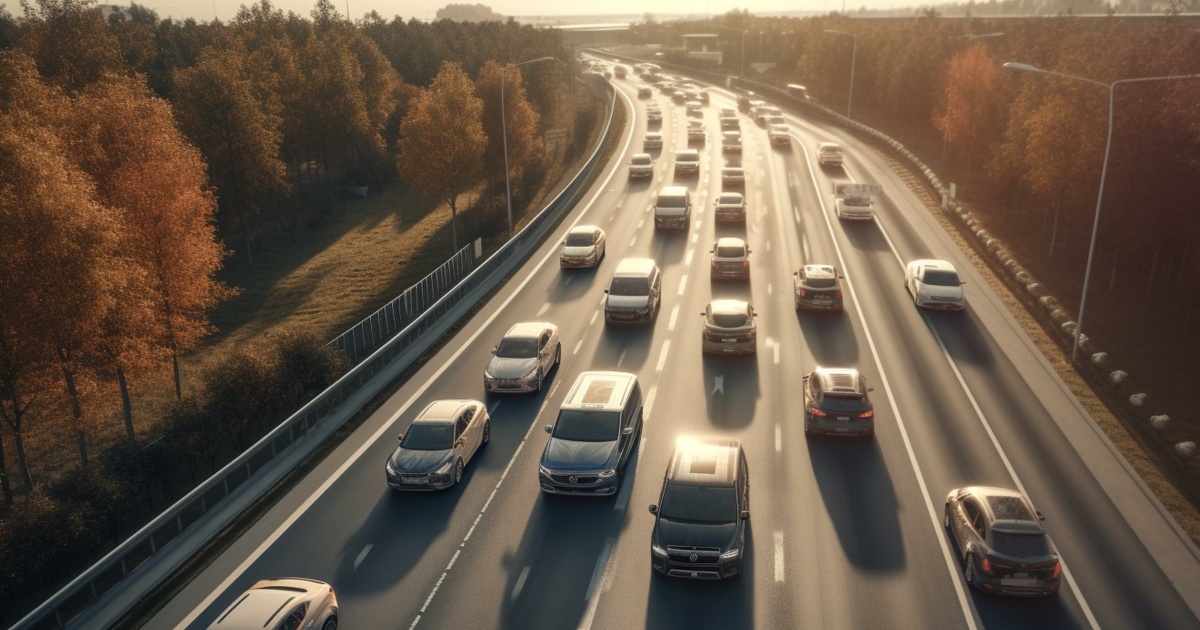
In 2023, the International Brotherhood of Teamsters (IBT, or simply Teamsters) labor union reached a historic agreement with UPS. Including contract raises for all workers, the creation of full-time jobs, and dozens of additional workplace improvements and protections, the sacrifices made by Teamsters to get the U.S. through the worst of the COVID-19 pandemic (while enabling UPS to reap record-setting profits) raised the bar for workers across industries, setting a precedent for what a modern labor movement is capable of.
As this took place, I recall reading quite a lot of Teamster-centric stories and the impacts being made. However, no single story herein involved our line of work, per se, in terms of the usual IoT Evolution World stories. The subject matter was simply different.
That isn’t the case, as news related to both the Teamsters and IoT recently released:
In the state of Indiana, Teamsters laid out new concerns as Indiana State Senator Jim Tomes, R-Wadesville, introduced new legislation; specifically, Senate Bill 57 (SB 57).
In short, SB 57 would require a trained human operator (i.e. not an AI-powered one, for instance) to be physically present in any commercial vehicle transporting passengers or delivering various goods on Indiana roads.
As one would expect, this story’s impacts are multifold. (I happen to be an Indiana resident, so it caught my eye for that reason.)
It is duly recognized how trust in technology and the innovators behind it is critical. Additionally, so is maximally ensuring physical safety and retaining job security for human workers, especially at a time when fears regarding AI replacing these very workers are still a mainstream topic.
The sensitivity of these issues is clear. What’s also clear is the importance of the roles autonomous vehicles do, in fact, play. The opportunities AVs afford are on course to improve daily commutes for workers, efficiency for delivery drivers, long-haul safety for truckers, and more. (Not to mention the measurable ESG gains made possible by AVs that are also electric vehicles, or EVs.) Notably, sustainable smart city environments in the U.S. and in Europe are already proving the value of responsible AV developments.
For the Teamsters, taking action to preserve the safety of human workers’ jobs is certainly valid. So too, when it comes to the kind of work these workers do, is expanding on how AV technology (developed with public safety in mind) can support Indiana’s Hoosiers and others across the U.S. and abroad.
Some examples: AVs powered by precision-made AI can pave the way for the cutting down of drivers’ total transit times, especially for Amazon drivers making deliveries en mass. For truckers, AVs can allow them to find safe times to rest and carefully complete other tasks while still completing freight shipments.
Of course, this isn’t the end of this story – real-world applications for safe AV operations will continue to be explored, and the safety for workers, passengers, and other operators making all of this possible must remain front and center on that horizon, as well. Should that pan out in the form of new human operators working in tandem with AVs for the best-possible win-win, time will tell (in Indiana, per this news, and elsewhere in the months and years to come).
As talk around SB 57 continues (potentially leading to the Senate Transportation Committee holding a future legislative hearing to lay out perspectives and communicate next steps), we’ll continue coverage on what this means for IoT.
Edited by
Greg Tavarez